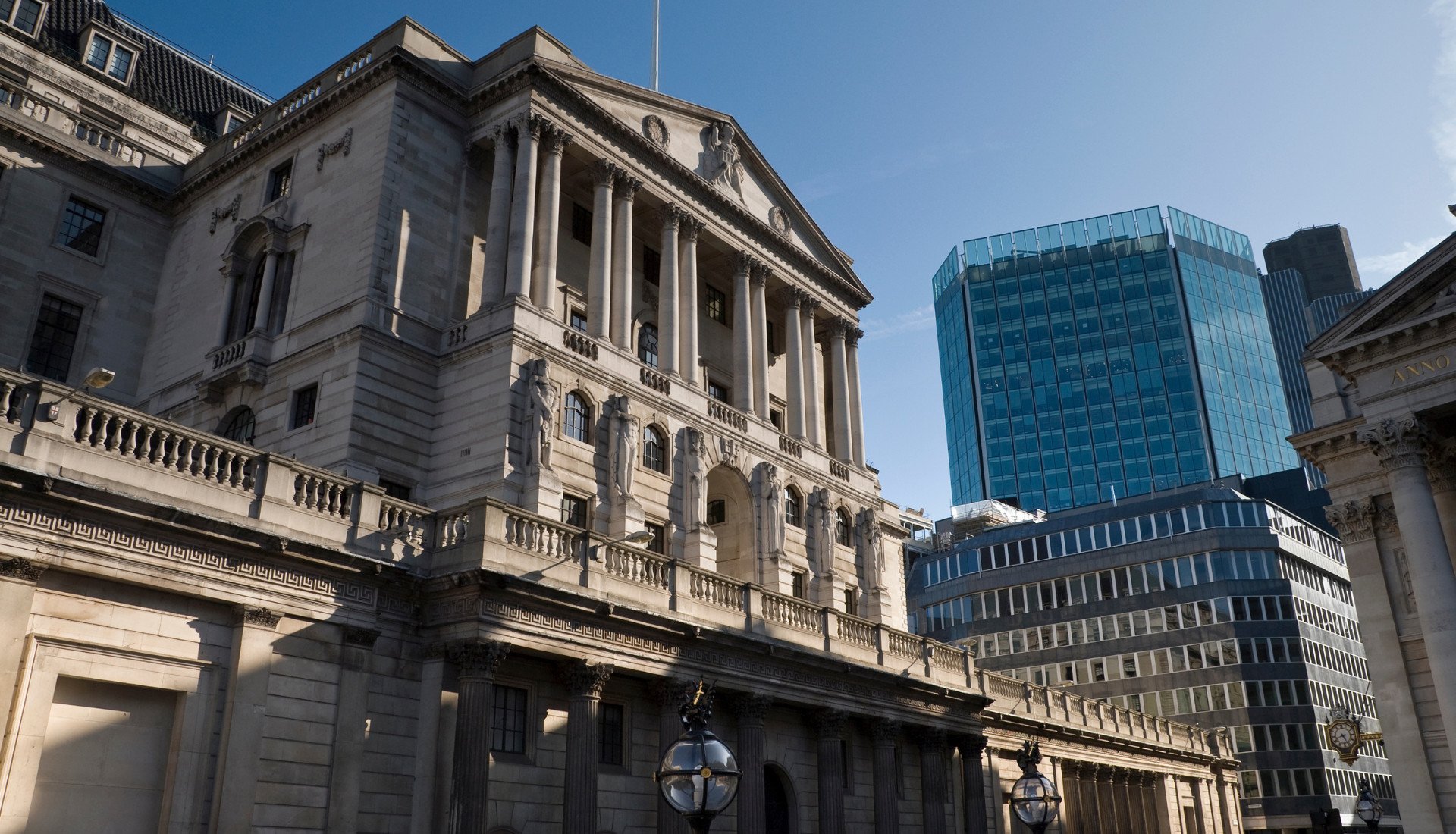No doubt you would’ve seen the news that the Bank of England are stepping in, in order to calm the markets. Their aim is to offer some protection to the nation’s finances. The news comes as the Bank of England, for the second consecutive day, has warned of the risk to financial stability.
The move comes after a tumultuous few weeks following the Chancellor, Kwasi Kwarteng’s, Mini Budget on the 23rd September. This coincided with a drastic fall of the pound and borrowing costs rocketing. The Bank of England previously stated measures to buy more government bonds to stabilise the markets would end as scheduled Friday 14th October. This news saw government borrowing costs rise again, despite market volatility easing somewhat in the interim.
As pension funds are in danger of collapsing, along with even further damage to the UK economy, we break down why the Bank of England have stepped in and what this means for the UK taxpayer…
Why Have The Bank Of England Stepped In?
After news of the Mini-Budget announcements were released, financial markets began to panic. This led to a rapid sell of government bonds. Bonds are basically IOUs purchased by investors, also known as gilts. Pension funds are very reliant on bonds, highlighting their fragility. The rapid sale of gilts is driven by pension funds using the Liability Driven Investment strategy. As government bond prices drop, LDI funds are pushed to sell assets in order to sustain losses. This effectively drives prices lower, which impacts inflation and therefore the economy.
Because of the intense fluctuation in the UK financial market, the Bank is committing yet more money to buying these gilts. This is to maintain their value, which is paramount to the health of the UK economy. The Bank of England describes the latest expansion of support as, ‘a further backstop to restore orderly market conditions’.
On Monday 10th October, the Bank doubled the amount of daily bond purchases, increasing to a maximum of £10bn from £5bn. Despite this, UK borrowing costs rose to their highest level since the immediate aftermath of the Mini-Budget. The knock-on effect to this was that the interest rates on 30-year UK bonds rose to 4.6%. Before the Mini-Budget announcements these were at 3%.
What Does This Mean For The UK Taxpayer?
As in most recessions or events of economic turmoil, usually it is the taxpayer who will have to pay long term. According the Institute of Fiscal Studies (IFS), the Chancellor, ‘would need to announce a fiscal tightening of more than £60 billion just to stabilise debt as a fraction of national income in 2026–27’.
This would translate to huge cuts to public services such as the NHS, policing, civil servants, education, and social care. To maintain balance to the UK economy, the IFS recommends that the government will have to:
- increase working-age benefits in line with average earnings rather than inflation for two years to save £13bn
- limit public investment to 2% of national income, to save £14bn
- cut the budgets of every government department except health and defence by 15%, to save around £35bn
This comes at a time when UK wages continue to drop behind inflation, leaving workers with real time pay cuts. UK consumer price inflation ran at 9.9% in August 2022. Regular pay (excluding bonuses) rose by 5.4% per year in June-August 2022. According to the ONS, this means that average pay, including bonuses, fell by 2.4% in the year to June-August 2022. In the public sector, average pay rose by 2.2%, whilst this was at 6.2% in the private sector. The nation’s infrastructure is dependent on public sector jobs. With pay rising more acutely in the private sector, this naturally pushes public sector workers to find work in the private sector.
As well as this, the UK’s unemployment rate has fallen to its lowest since 1974. Low levels of unemployment are usually a good sign of a healthy economy. However, the number of people classed as inactive (not in work or looking for it) increased by 252,000 in June-August. According to the ONS, this has pushed the UK’s economic inactivity rate up to 21.7%. This is 1.4% higher than before the pandemic. This is worrying news for the economy, who rely on a prosperous and functioning job market.
Overall, when the Bank of England have to step in this is usually bad news for the average taxpayer. On 22nd September, the Bank of England raised rates by 0.5% to 2.25% – the highest level for 14 years. With this intervention, it will likely mean interest rates will rise even further to possibly above 4% by the end of 2022.
Join Us To Discuss In Our Latest Webinar
We’ll be touching heavily upon these measures by the Bank of England in our latest webinar on Thursday 27th October at 12:30PM. The webinar will be hosted by our CEO, Mitch Hahn, where he will be joined by our Director of Strategic Advisory, Joe Sword, who will be providing insight on the situation and some of the conversations he’s been having with business owners. We will also be joined by Nordens’ Chief Sustainability Officer, Steven Brewer, who will be assessing the benefits of green, renewable energy, as well as CEO of Ultimate Finance, Josh Levy, who will be sharing information on what funding support is out there and the future of interest rates. It promises to be an insightful discussion so click here to book your place.
We hope this has outlined to you why the Bank of England have had to step in and the impact this will have on the UK taxpayer. If you’d like to know any further information on anything mentioned, or anything accounting related for that matter, please do not hesitate to get in contact with us at Nordens, where one of our trusted advisors would be happy talking you through your query.















